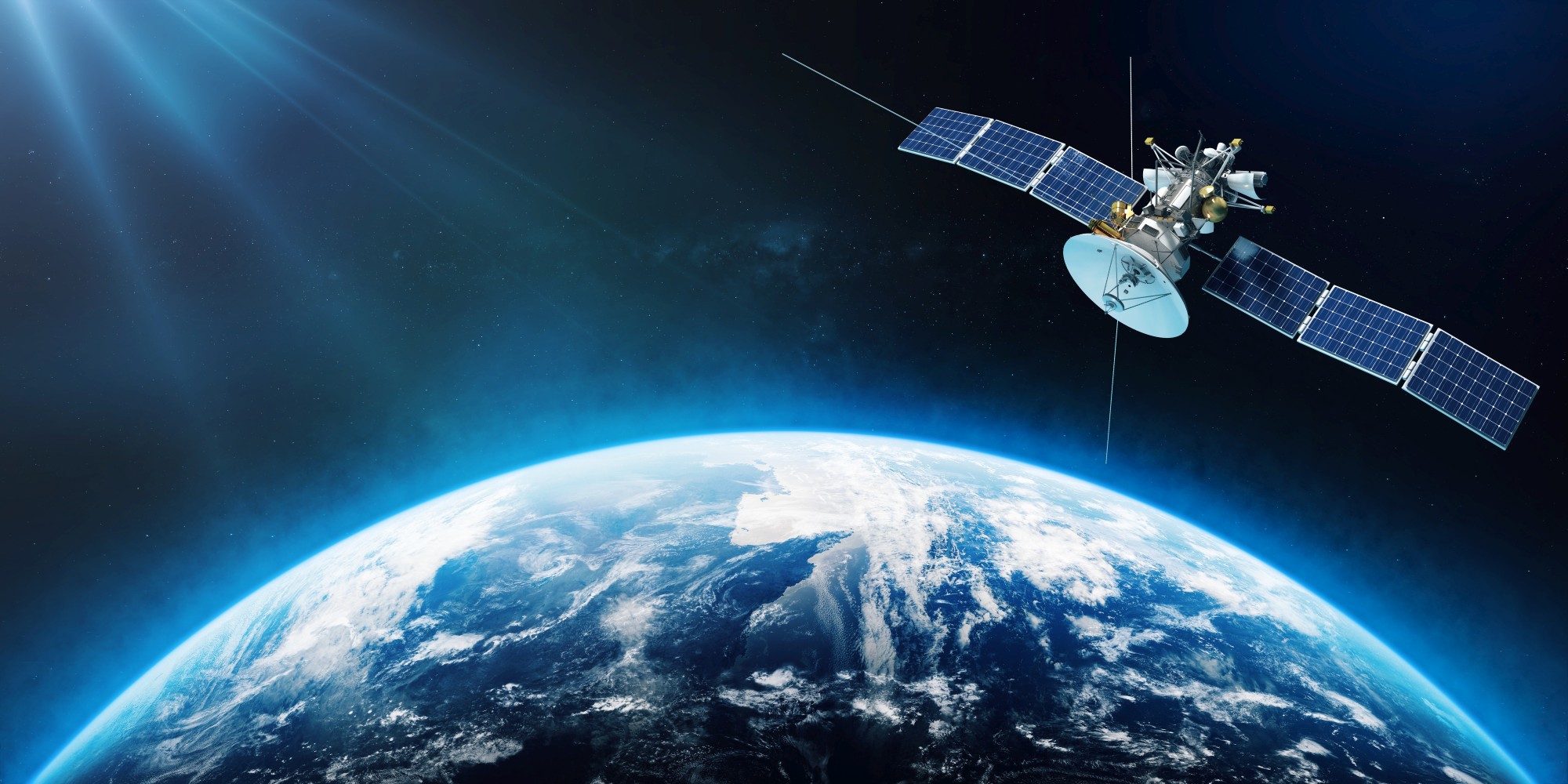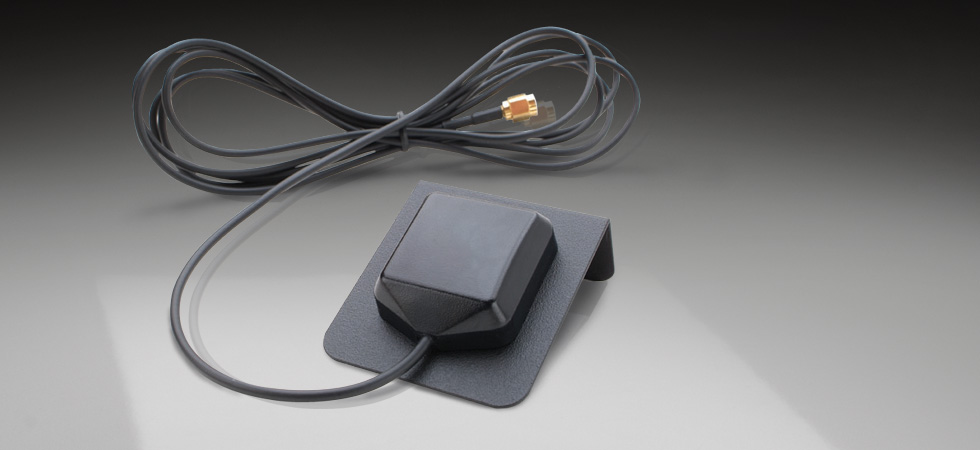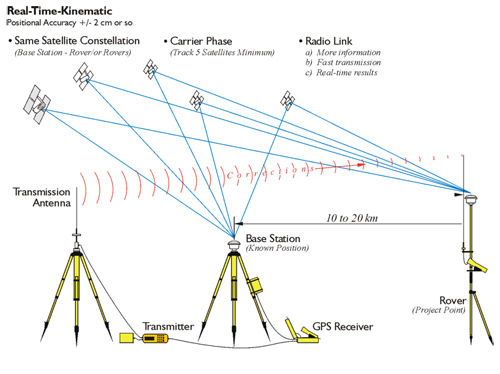
You have completed your new project, and now your brainchild lives and moves around the world. And there is only one problem left - you need to know its location with fairly good accuracy. Luckily, we have satellite positioning systems! With the help of a ready-made module, you can get all the location data that you just need. But how do you approach this question, and which components are best for your project? Read in this material.
,
Working with GPS can be a bit daunting, but thanks to the efforts of industry and individual enthusiasts, the task is surprisingly easy today. Most modules on the market will work the same way. Most often they transmit data over a standard serial interface, usually at 9600 baud; there are also I2C and SPI interfaces. The messages themselves are also standardized - they are output in the NMEA-0183 format. If you want to process the data yourself, the standard is full of documentation. However, if you are in a hurry, for many platforms with a microcontroller, you can find ready-made code that will do everything for you. Projects such as NeoGPS, Adafruit GPS, and minmea will take in serial data streams and provide whatever geographic data you need. So is GPS just GPS?

Depending on the application, you may need different things from your GPS module. Platforms moving at high speeds that rely on GPS for autopilot will perform better with high refresh rates. Passive trackers are quite satisfied with updates no more than once a second. Accuracy requirements vary as well - some applications require centimeter resolution. There are also special features that help in borderline situations, such as calculating the location based on the distance traveled (reckoning) or receivers capable of working with several navigation systems simultaneously (GPS, GLONASS , Beidouetc.). A clear understanding of instrument requirements and budget is key to choosing the right equipment.
I just need to know where he is!
If you need an accuracy of the order of several meters and an infrequent update of the location, the simplest GPS module is for you. They can cost less than $ 20 and can offer 1-5 Hz refresh rates and a few additional features. For many projects, this will be enough to determine the location of a person, robot or vehicle. Also, the simplest autopilots can work with this frequency. These modules usually consume less than 50 mA, and communicate via a serial port.
This group includes devices based on the GP-20U7 , as well as the outdated uBlox NEO-6M . It's a cheap and easy way to build your first GPS project at an affordable price.
I need a constant signal!
If you cannot lose signal in any way, or you are trying to determine a location in a busy urban area, it is worth getting a module that can work in such conditions. In these cases, an external antenna connector can help, allowing you to connect a larger antenna. It is important to note that common U.FL board headers are designed for a limited number of connections and are easy to break off, so consider purchasing a U.FL to SMA adapter . There are all sorts of antennas, but most will be better than the standard small ceramic plate that comes with many modules.

A high-quality antenna with a separate ground can significantly improve the reception quality
Accurate positioning requires getting a good signal from multiple satellites - so the more choice the easier it is to achieve. Modules capable of recognizing various navigation systems will be more likely to see a lot of satellites. We have the Chinese Beidou, the European Galileo , the Russian GLONASS - and if you take a module that can receive additional signals, it will have a huge advantage when working in a built-up part of the city with a limited view of the sky.
But sometimes, in spite of everything, you may find yourself in a situation where not a single satellite is visible. It is impossible to pick up a signal in some tunnel. Then modules that allow you to conduct dead reckoning may come in handy. When the signal disappears, the module uses the built-in inertial system to update the location until it picks up the signal again. This can be very useful in applications such as building a route and tracking turns.
All of these features increase the likelihood of successful positioning, but they also cost money. Modules XA1110 and ublox NEO-M8U cost from $ 50 to $ 100. But for that kind of money, they often offer additional interfaces such as USB-serial and I2C, as well as a high refresh rate.
I need quick updates!
If you are collecting something moving at a high speed, 5 Hz may not seem enough to you. Modules have more frequent updates from 10 Hz to 25 Hz, so your fast-moving project can better navigate in space. Of course, if you are building a cruise missile, then you are unlikely to shop at Sparkfun - otherwise, have fun! These devices usually communicate at high speeds over serial or I2C in order to update their location more frequently.

Modules with such capabilities are still relatively inexpensive, from $ 20 to $ 100. For your high speed projects look for modules like SAM-M9N or BN-880Q .
I need centimeter accuracy!
For some cases, accuracy comes first. If you are driving a combine harvester and do not want it to ram the fence, then meter accuracy will not suit you. In this case, it is best to use receivers with Real Time Kinematics (RTK) technology. They combine the received satellite signal with local correction data received from a base station, ideally within 10 km of their location.

RTK works by adding local correction data received from the base station
This data can come over the Internet or LoRa radio, and allow the module to give the location to the nearest centimeter, in ideal conditions. Some operators provide public access to their stations, but it is possible to purchase your own equipment and raise the station for personal needs. Many high-end modules can act as a base station for other modules working nearby.
Accuracy comes at the price of complexity and money. GPS modules with RTK support are already under $ 200- $ 300 apiece. Among them - NEO-M8P and ZED-F9P... You also need to buy a base station if there is no public one in your area. The data will need to be entered into the module - either via the Internet or by radio. Don't forget to consider these requirements when developing!
Conclusion
We are fortunate enough to have access to a wide range of GPS modules for the DIY market, with a wide range of capabilities and costs. High-speed modules once cost thousands of dollars and were sold only to industrial manufacturers, but now they can be bought in stores for much less. Use the requirements of your project as a guide and design your location-based project.